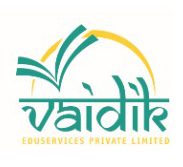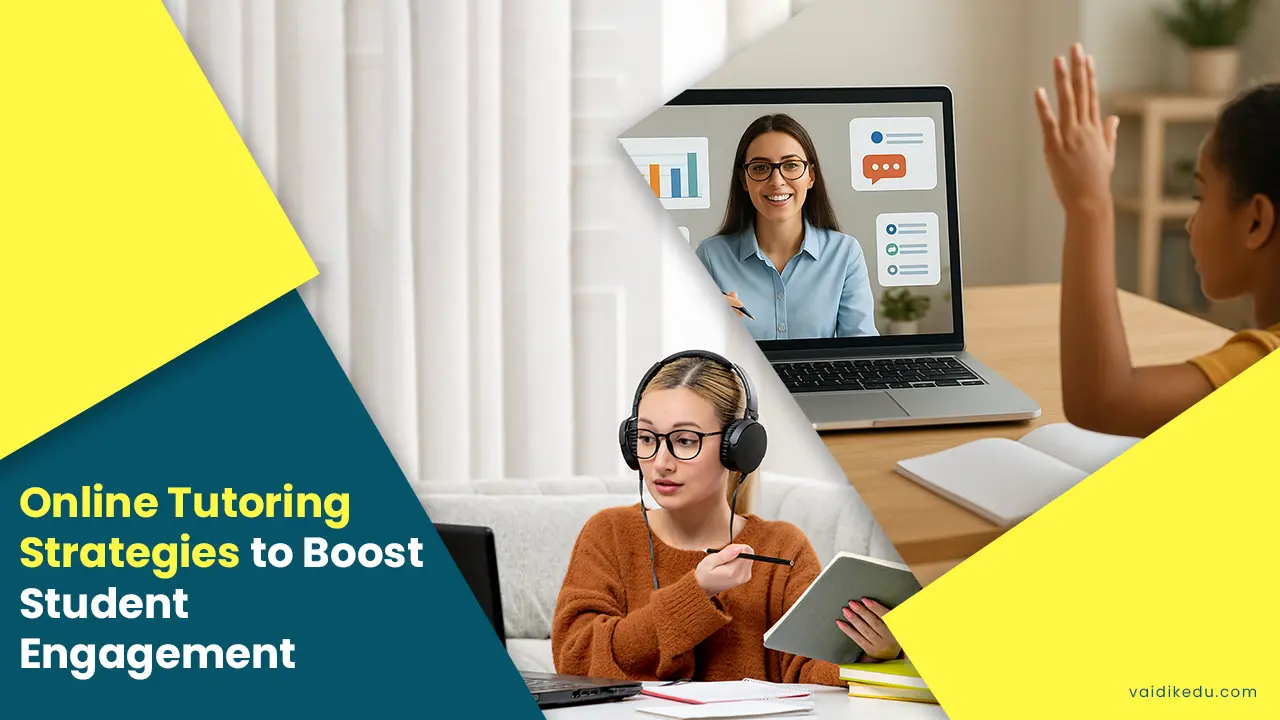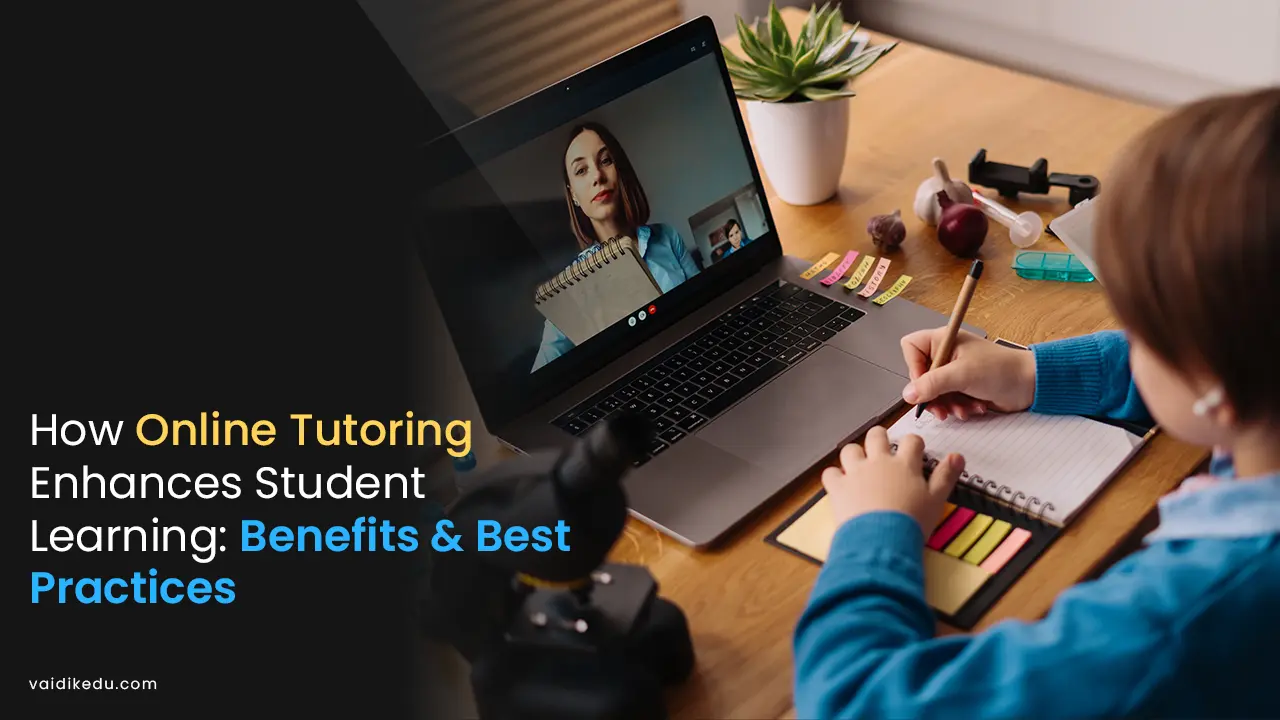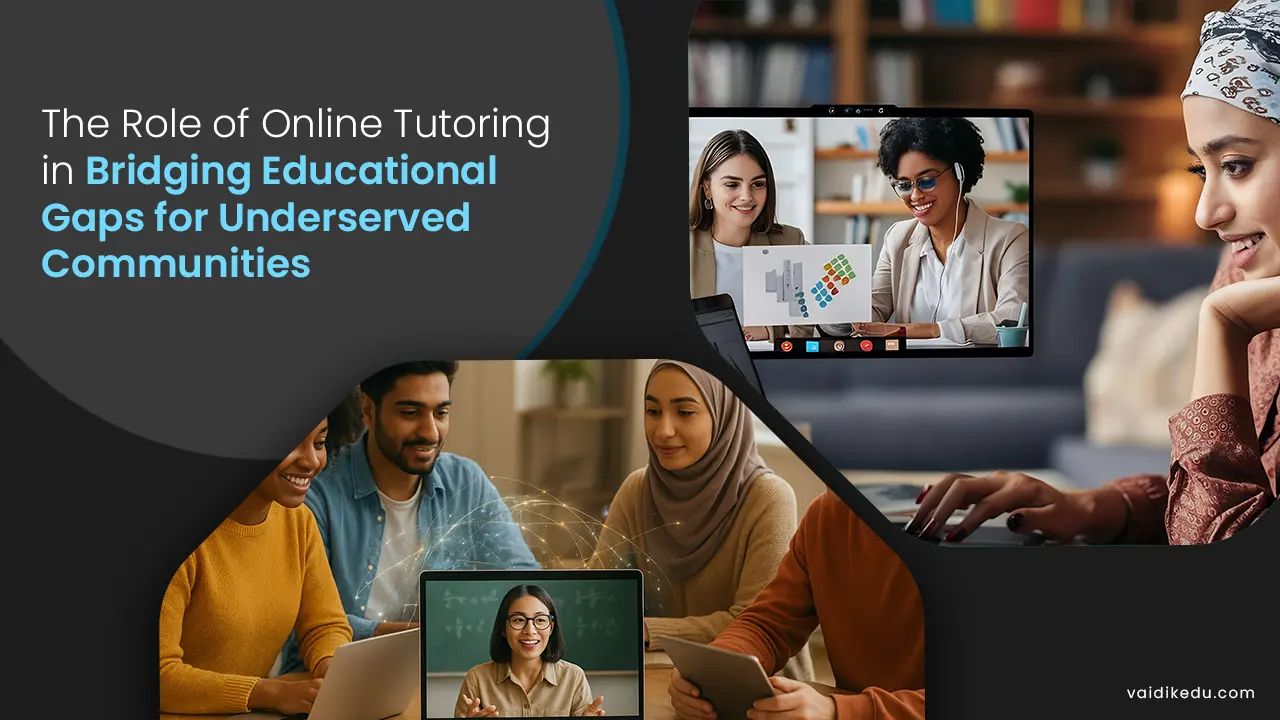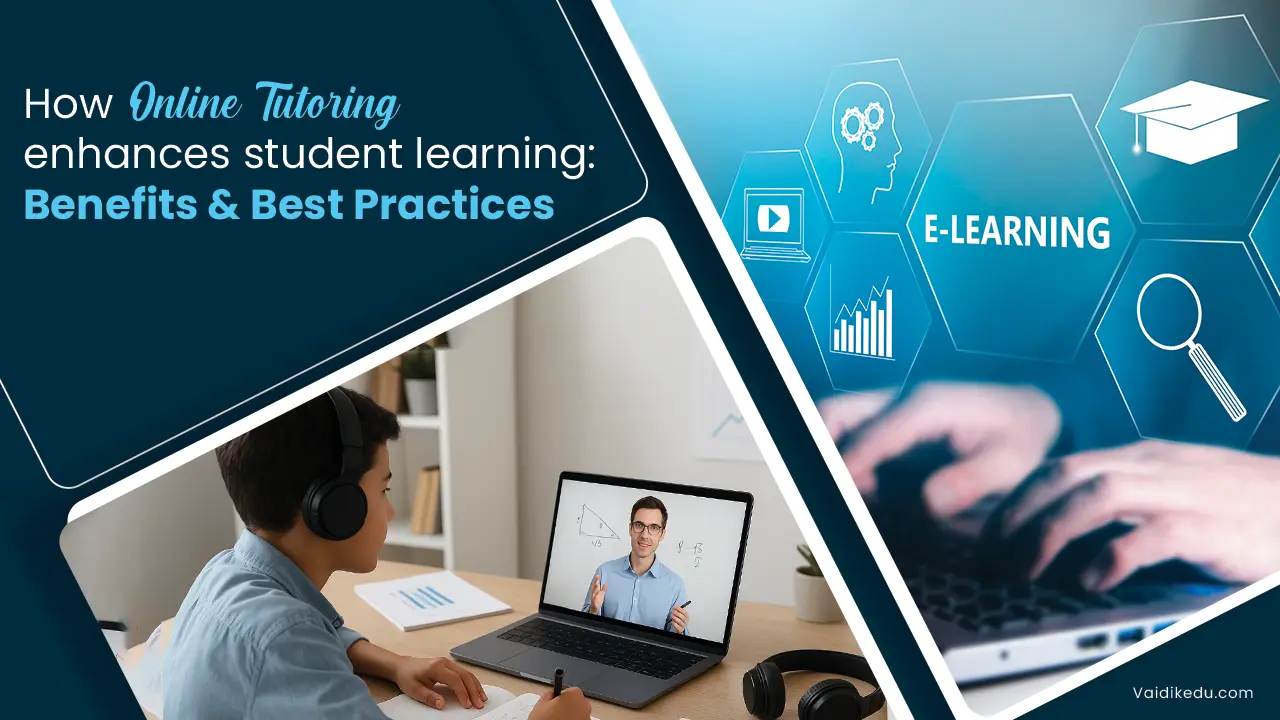Education has undergone unprecedented change with the integration of technology. EdTech, short for educational technology, has challenged traditional learning models by revolutionizing teaching approaches, personalized learning experiences, and universal access.
This change is fundamentally transforming how educators teach and how students learn. We will take an in-depth analysis of how EdTech impacts traditional learning systems and discuss its pros and cons along with future implications in different learning settings all over the world. Reimagination of Teacher’s Role
The teachers have always been considered the central knowledge providers in the traditional school models, where most of the knowledge is imparted to the students in lectures.
EdTech, however, is revolutionizing the role of the teacher, making him a learning facilitator instead of just a provider of information. For example, digital tools such as Google Classroom help educators design engaging lessons, track student performance, and give prompt feedback.
Because so much learning responsibility is given to students on the Internet, this has actually empowered the student as an independent learner, a teacher helping to facilitate understanding as the student looks at complex questions or problems rather than being fed facts.
This now essentially enables teachers to teach more emphasis on critical thinking, problem-solving, and collaboration competencies most in demand in the work world today.
Personalized Learning And Adaptive Technologies
The most important impact EdTech has brought forward is the personalized approach, where the traditional approach followed in classes isn’t applied for everyone, and the EdTech-based learning platforms, through the usage of data analytics and AI, modify their content based on performance as well as how a learner learns.
Customized lesson plans for sites such as Khan Academy and Dreambox Learning that show real-time assessment and targeted practice have a chance of elevating the engagement of students to another level, as well as bridging gaps in the learning of these students. Spending more time for the weak learners while giving time to easy learners to move forward at their pace is needed.
Global Access To Resources
Educational technology changed the face of education because top-quality educational content had been reached by students from everywhere in the world. Coursera, edX, and Udemy are some leading platforms employing MOOCs which means that learners can do courses from all parts of the world without the borders of a geographic location or even economic problems. It cannot be very far from conventional education since it is tied to geographical positions and economic reasons.
Therefore, this implies that learners who reside in distant locations or reserved regions are guaranteed to undergo professional instruction hence achieving education equality.
The modern learning design removes learning outside the ordinary school setting, thereby fostering the practice of lifelong education and professionalism in service provision.
Flipped Classrooms And Hybrid Learning Models
Traditionally, the instructional methods mostly use classroom lectures and later assign homework to the students. The technology provided an avenue for creating the flipped classroom model where the study of core material takes place in an online setting, in self-paced learning mode, and classroom time is focused on discussions, problem-solving, and active learning.
This strategy enhances comprehension and promotes interactive participation. It is effective when most digital resources such as video, interactive modules, and simulations prepare students beforehand to come prepared for class sessions.
Tools such as Flipgrid, and Nearpod enhance collaboration and peer learning, which can transform classroom learning experiences into something even more dynamic and student-centered.
Hybrid learning models have also been adopted. These include the learning models that contain parts of the teaching as being online and others are face-to-face.
They can provide the level of flexibility and continuity seen at the time when, overnight, a pandemic outbreak, COVID-19, converted all educational systems into remote learning globally. Hybrid models have now gained recognition as the emerging trend for accessing the needs and preferences of learners.
Collaborative Learning And Peer Interaction
Historically, the learning environment has been a place where only the teachers and the students interact with very minimum opportunities for interaction between the students. Education technology brings collaboration platforms that support teamwork and collective problem-solving. Microsoft Teams, Google Workspace, and Padlet allow the students to work together on a group assignment, share resources, and communicate with each other efficiently.
Incorporating gamification aspects like leaderboards and badges encourages healthy competition and increases motivation.
Multiplayer learning environments like Minecraft: Education Edition and Kahoot! are interactive spaces that encourage problem-solving and creative activities. This form of learning will surely promote critical thinking, social skills, and adaptability in the current digital environment.
Enhanced Assessment And Feedback Mechanisms
Traditional assessment methods, like standardized testing, are not always a good measure of a student’s overall understanding and capabilities. Educational technology provides a range of assessment tools that give immediate, actionable feedback.
Electronic quizzes, engaging activities, and formative assessments let the teachers follow up on student performance continuously. Socrative and Quizizz provide immediate data on the learning outcome for the teacher to adjust their teaching plan. Turnitin and Grammarly help students enhance their writing skills by pointing out their mistakes and where they need to improve and teaching them how to escape plagiarism.
Cost And Resource Saving
Traditionally, schooling systems require lots of investments in infrastructure, textbooks, and physical learning materials. Learning technology reduces costs by converting contents into digital files and allowing one to access virtual libraries, e-books, and online resources.
Students are no longer reliant on expensive, outdated books. OpenStax provides free, peer-reviewed digital textbooks updated regularly to keep up with changing knowledge. This way, incorporating technology into the classroom will make it possible for schools to use their resources more efficiently, making education sustainable and more economically viable.
Challenges in EdTech Integration
With such benefits associated with educational technology, it is indeed a hard task to integrate this into the school system. A major problem facing this issue is the digital divide, which is critical since most students do not have reliable access to internet connectivity or modern devices. The digital divide tends to widen gaps between the educational experiences of students from poor and rural areas.
Such excessive dependence on technology also causes screen fatigue, less attention span, and less social interaction. The teacher has to balance digital learning with face-to-face learning for the overall development of the child. In addition, the dangers of data breaches necessitate there being strict policies for protecting students’ data.
An amalgamation between old schooling and new technologies is expected to be felt. Thus, educational technology will complement instead of replacing face-to-face teaching, which ultimately results in a hybrid learning environment.
More flexible curricula-contents, such as experiential learning, virtual laboratories, and experiences of augmented reality dominate educational institutions.
The digital competencies for educators would provide them with a better basis for the proper and effective use of technology in the classroom. Very critical will be the aspect that policymakers must deal with imbalances in existing infrastructures to guarantee access to these resources of educational technology. In this educational landscape, technology will empower the students in an inclusive, engaging, and forward-looking learning process.
EdTech Impact on Traditional Structures of Education
Besides the above benefits, EdTech is inculcating a culture of lifelong learning among students and professionals. As traditionally, education ends when one completes schooling, EdTech sites encourage lifelong improvement in skills.
Platforms like LinkedIn Learning, Skillshare, or Coursera have micro-courses that enable learners to go through refreshers on any subject, providing them with the agility to adopt career changes in today’s competitive employment scene.
EdTech greatly facilitates access for students with different special needs. It supports technologies that include text-to-speech software, screen readers, and speech-to-text applications.
For example, there are tools like Microsoft Immersive Reader and Read&Write that offer possibilities for students who suffer from dyslexia or other reading-related difficulties to be more engaged in learning activities.
There is also the AR and VR technology, which represents immersive technologies that open horizons for experiential learning. Applications such as Google Expeditions and Labster provide virtual field trips and scientific simulations. It enhances the experience of students above the traditional limits of a classroom.
Conclusion
Putting it all together, educational technology has very important and broad impacts on the traditional teaching framework. Technology is changing the learning journey of students by shifting the roles of teaching, personalized learning experiences, access to extended international resources, and collaboration.
However, improving equity, balance, and private challenges toward its optimal benefit, must be done to its optimal benefit. As technology in education changes, the integration of such will produce a “friendly,” flexible, innovative, and accessible setting for each student in a thoughtful fashion.
Frequently Asked Questions
EdTech utilizes AI and data analytics to make learning material aligned with the strengths and weaknesses of a learner whereas, traditional education takes an indiscriminate approach.
In a flipped classroom model, students interact with learning materials online before coming to class; therefore, class time may be used for discussions and interactive activities towards better participation and conception.
EdTech features provide students with collaborative tools such as Google Workspace and Microsoft Teams that support group projects and foster teamwork and collaborative problem-solving.


